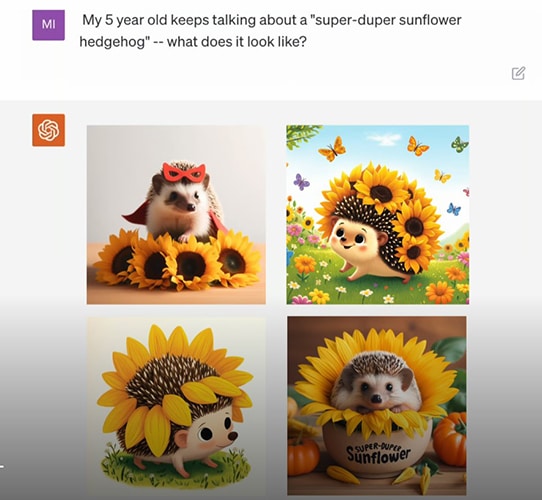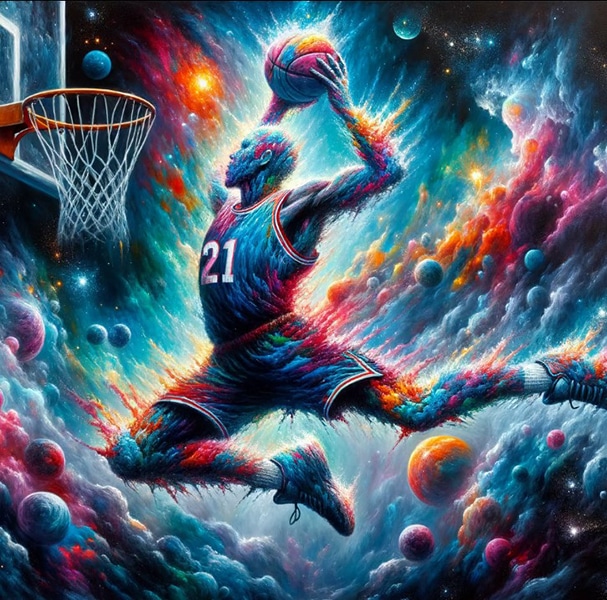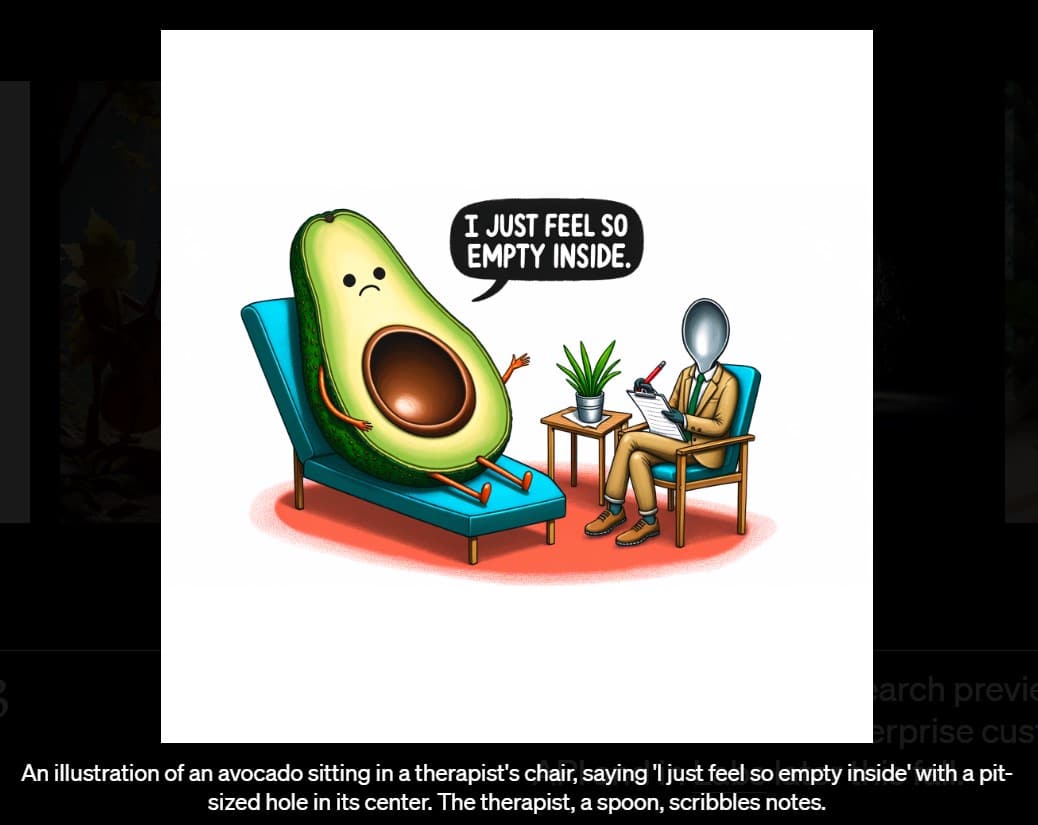Highlights
- OpenAI’s DALL-E 3 offers enhanced text-to-image generation capabilities, surpassing its predecessor, DALL-E 2.
- The new version is designed to better understand nuanced text descriptions for more accurate image creation.
- Available as a research preview, DALL-E 3 is accessible to ChatGPT Plus and Enterprise customers from early October.
OpenAI introduced DALL-E 3, the latest iteration of its text-to-image generation technology, on 20th September.
It is safe to say that the company behind the Chat GPT3, has again taken the world of generative AI by storm.
Unlike its predecessor DALL-E 2, OpenAI DALL-E 3 aims for a more nuanced interpretation of text descriptions, aiming to create images that are precise and faithful to the input it receives.
Better Understanding of Text Descriptions
OpenAI DALL-E 3’s primary advantage is its refined capacity to comprehend complex text descriptions and produce corresponding images with higher accuracy.
Past versions sometimes omitted words or nuances, leading to less precise imagery.
In contrast, OpenAI DALL-E 3 focuses on translating even the subtlest elements from a text description into the generated image, promising a more reliable outcome.
Availability and Ethical Safeguards

Currently, in its research preview stage, DALL-E 3 will be accessible to ChatGPT Plus and Enterprise customers beginning in early October.
The widespread accessibility means it can reach a broader audience, increasing its popularity among both casual users and businesses.
Amidst the technological advancements, OpenAI has integrated ethical considerations into DALL-E 3.
The tool has built-in restrictions against generating violent, adult, or hateful content.
Furthermore, OpenAI DALL-E 3 disallows the creation of images featuring public figures by name and will not mimic the styles of living artists, thereby attempting to tackle complex ethical dimensions.
Copyright Considerations and Competition
In the evolving landscape of AI-generated art, OpenAI DALL-E 3 allows creators to exclude their work from being used in future training iterations.
This move comes after a Washington D.C. court ruled that art created by AI without human input is not subject to copyright under U.S. law.
While OpenAI’s DALL-E 3 is making strides in image generation, it’s not without competitors.
Companies like Alibaba’s Tongyi Wanxiang, Midjourney, and Stability AI are also enhancing their image generation models, setting the stage for a competitive market landscape.
It remains to be seen whether DALL-E 3 is going to be the default choice for AI-based art generation.
Why Is OpenAI DALL-E 3 Becoming Popular?

The tool’s ability to create highly accurate and nuanced images from text descriptions has set new standards in the field of AI-generated imagery.
Coupled with its forthcoming availability to ChatGPT Plus and Enterprise customers, OpenAI DALL-E 3’s reach is expanding, contributing to its rising popularity.
Its ethical and copyright safeguards also make it a responsible tool in the rapidly evolving tech landscape.
DALL-E 3: The Future?
As OpenAI’s DALL-E 3 currently stands in a research preview phase, the future holds great promise for advancements in text-to-image generation.
Its aim to produce more accurate and nuanced images based on text descriptions will likely pave the way for a broader range of applications, from content creation to specialised simulations.

FAQs
Ques) What makes OpenAI’s DALL-E 3 different from its predecessor?
OpenAI’s DALL-E 3 aims to better grasp the nuances in text descriptions to create more precise and imaginative images, addressing a key shortcoming of DALL-E 2.
Ques) When will OpenAI’s DALL-E 3 be available to the public?
The new DALL-E 3 is currently in research preview but will be accessible to ChatGPT Plus and Enterprise customers starting in early October.
Ques) What safeguards has OpenAI put in place for DALL-E 3?
OpenAI has implemented additional safety features to restrict the tool from generating violent, adult, or hateful content, and to prevent requests for images of public figures by name.
Ques) Can images created by OpenAI’s DALL-E 3 be copyrighted?
According to a recent Washington D.C. court ruling, AI-created art without human input cannot be copyrighted under U.S. law, raising questions about the copyright status of images generated by DALL-E 3.
Also Read: ChatGPT’s OpenAI Seeks Talent: Comprehensive Guide to Job Roles, Skills, and Salaries
Also Read: What is WormGPT? How is it Different from ChatGPT?
Also Read: ChatGPT 4 Can Now Identify and Describe Faces, Raising Concerns About AI’s Power
